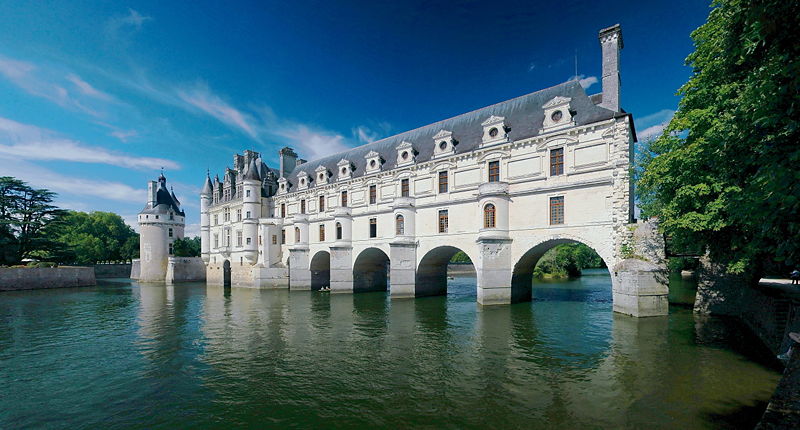Château de Chenonceau
The Chenonceau castle was built in 1513 by Katherine Briconnet. It was successively enlarged and embellished, first by the Mistress of King Henry II - Diane de Poitiers. When King Henry II later died in a duelling game in Paris, the position of Diane de Poitiers became fragile, due to the jealousy of King Henry II's wife, Catherine de Medicis. Queen Catherine, who wanted Chenonceau for herself, forced Diane to leave it in exchange for the Chaumont castle. During the French Revolution, Chenonceau was saved from destruction by the toughness and diplomatic talents of Madame Dupin. See more here.
